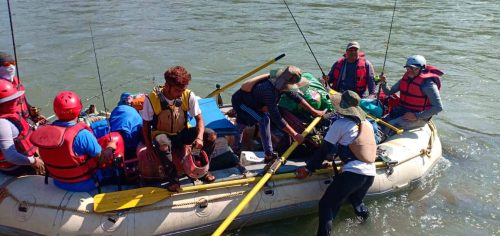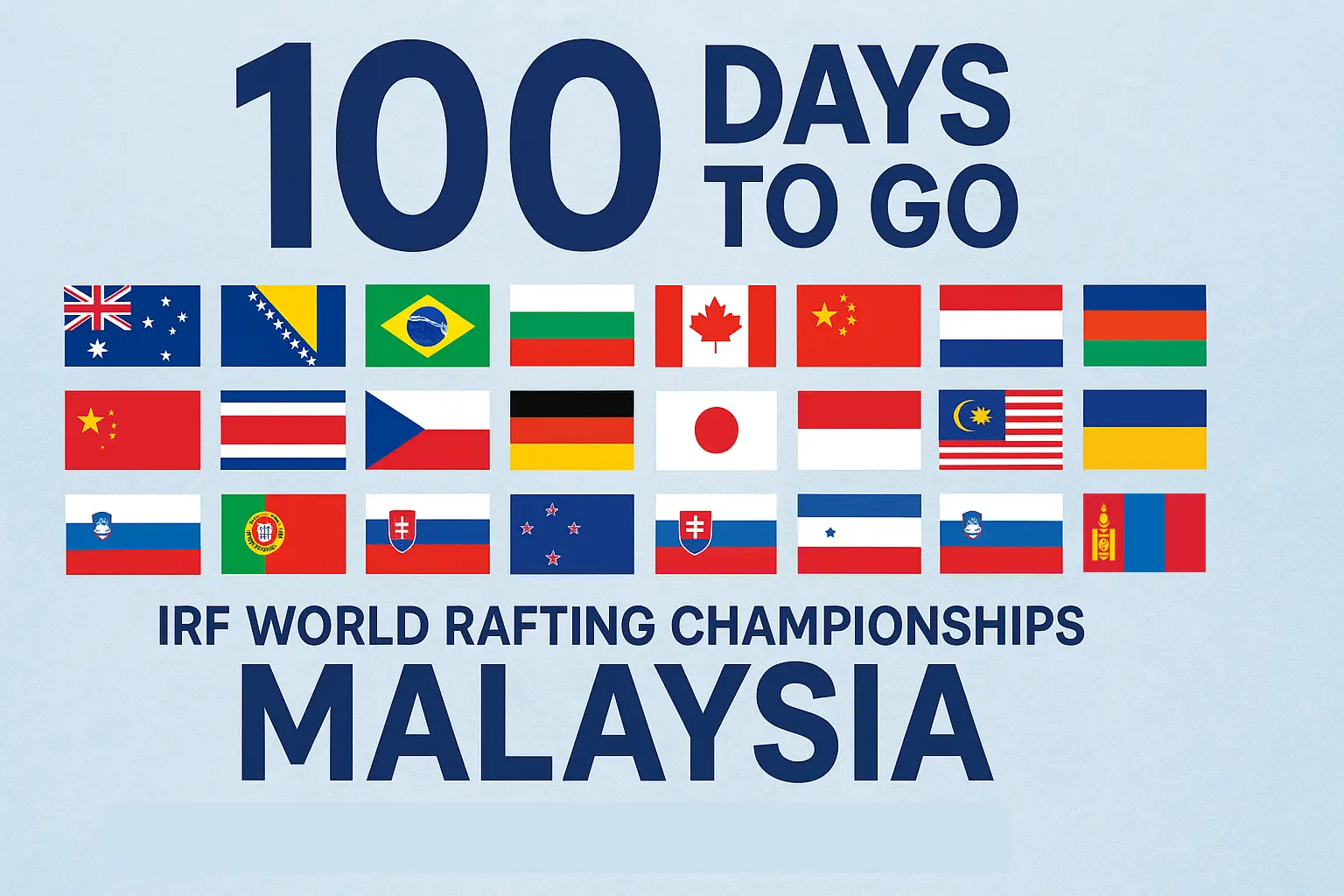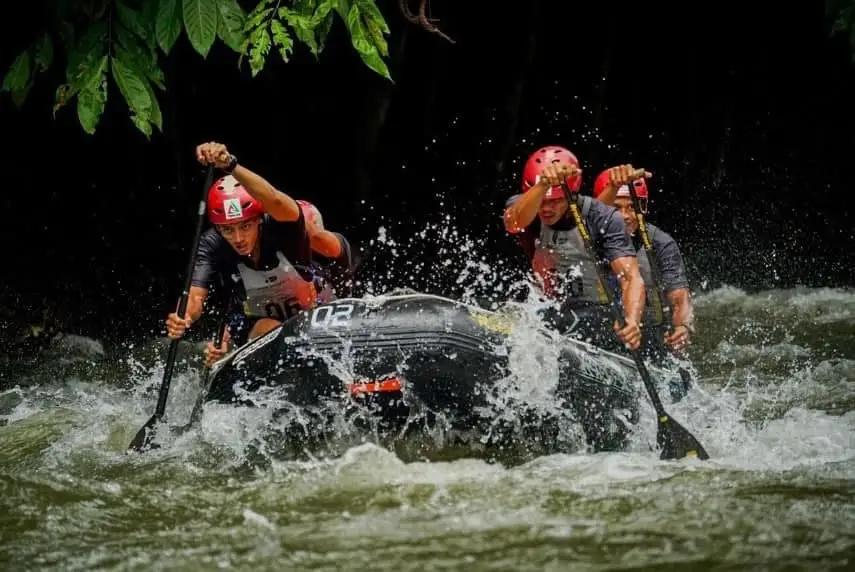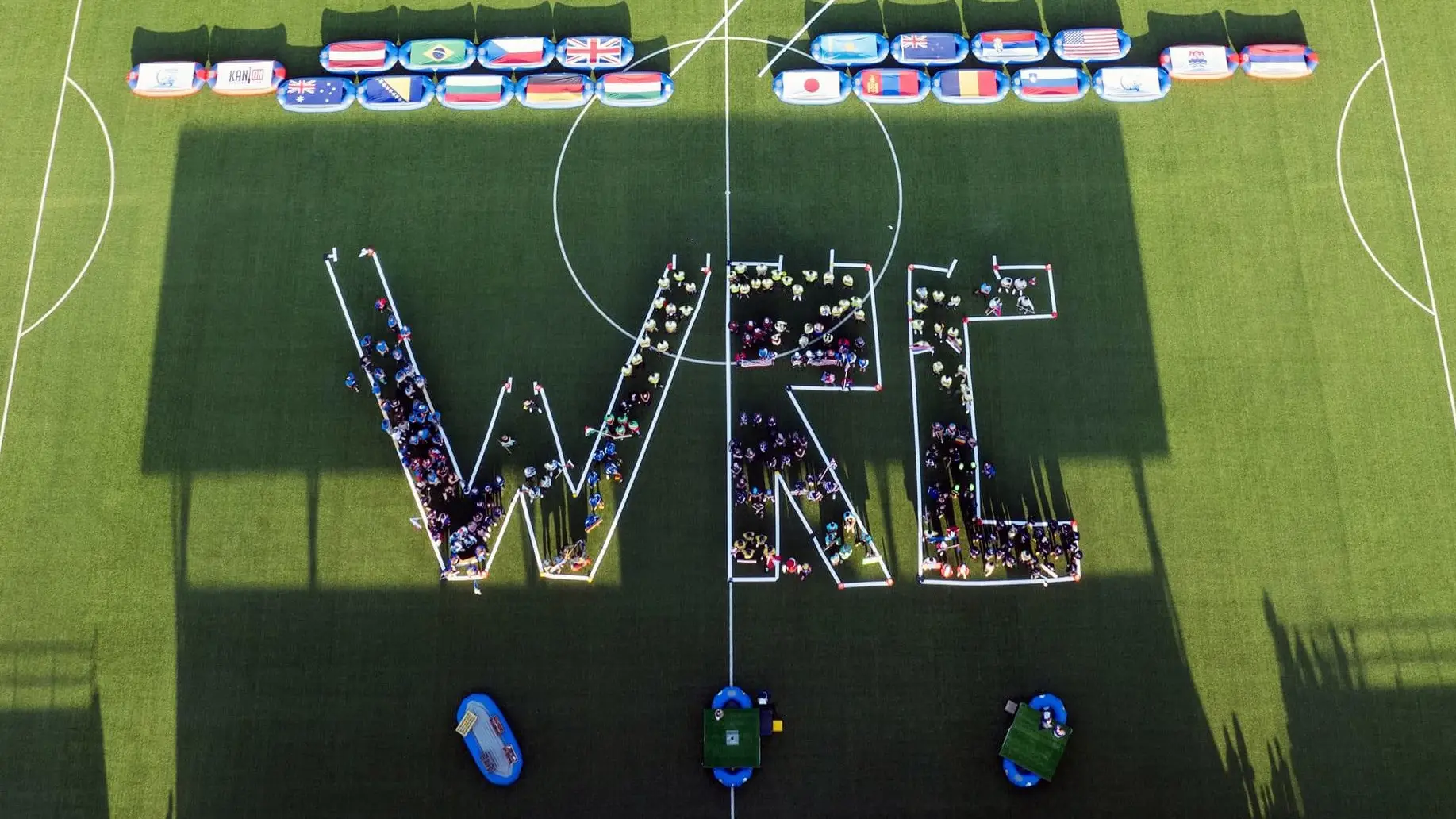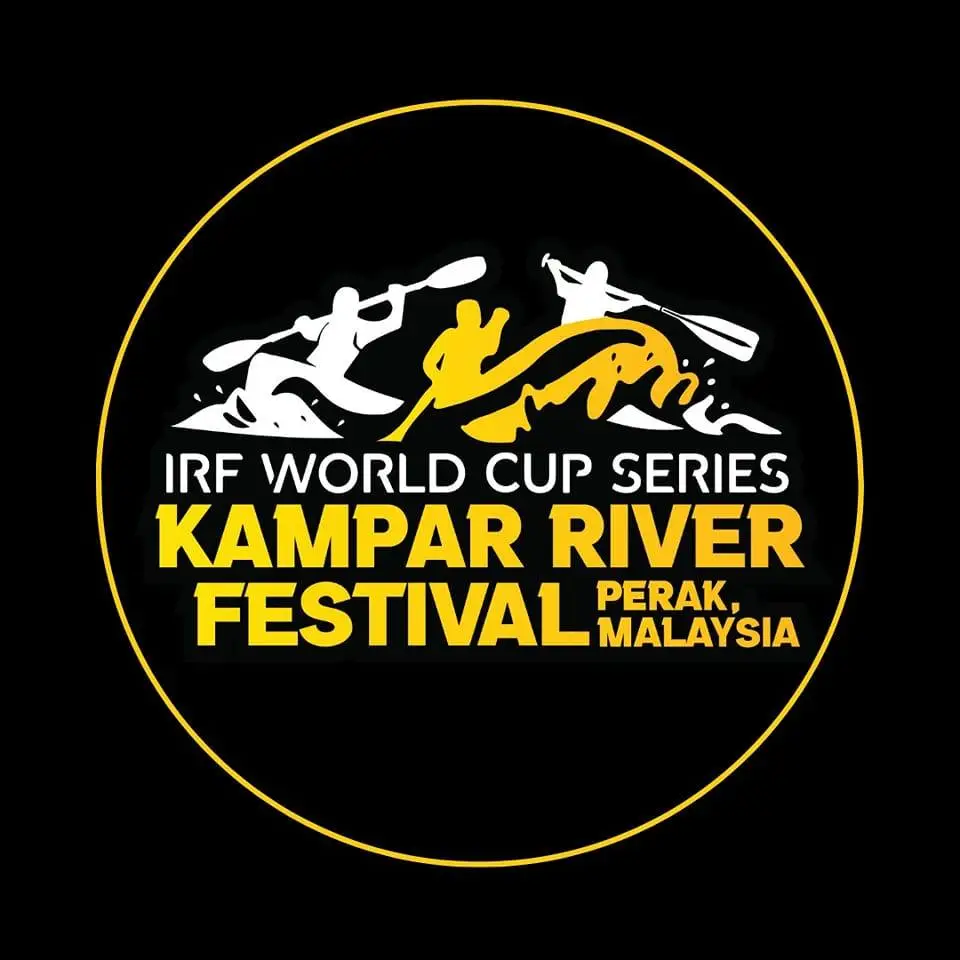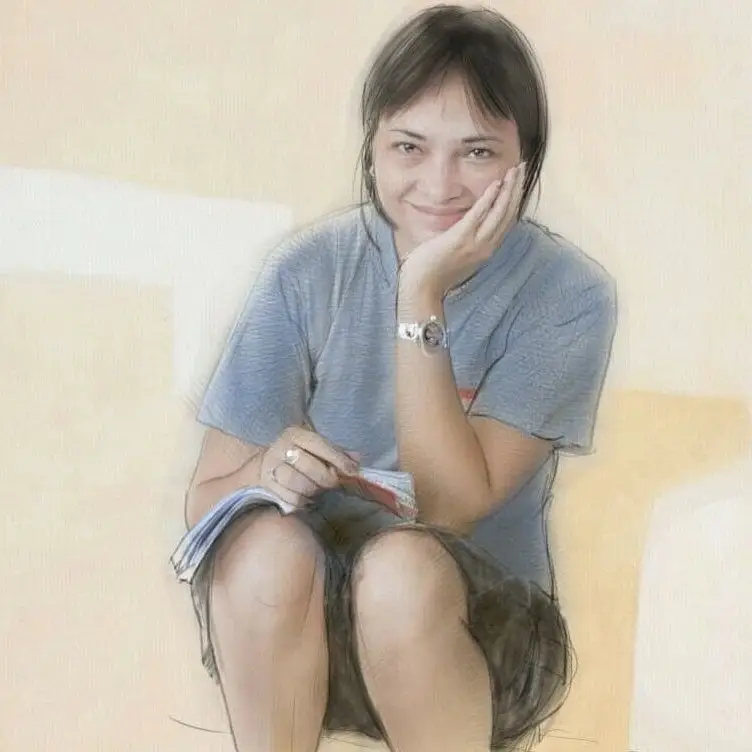In part two, we continue Natalia’s adventures in northern India and discover more about how to take on climate change in Arunachal Pradesh. Read the earlier article here.
Taking on climate change in Arunachal Pradesh
By Natalia Zenkova
… Next morning I crossed a river channel of Brahmaputra river to reach the middle of the river – Majuly Island. For many years it was the biggest river island in the world. But nowadays the river has washed awat 2/3 within the last century. Regular earthquakes and floods caused erosion of the coast line. It’s an amazing spiritual place with tribe’s villages around. Immediately after my trip here began my next adventure starting with judging a kayaking competition in Mechukka.
Mechukka Festival was the government project to support local tribes in development of international tourism and extreme sports. Mechukka is situated 30 km near the Tibetan border in Shi-Yomi. We collected four kayakers from Catalonia, one lady from Ireland and one Indian and then we started the trip. An Indian kayaking team from Rishikesh joined us as the water safety team.
Normally it takes two days minimum to reach many interesting points in Arunachal Pradesh. According to most rafters and kayakers who have travelled to Arunachal Pradesh, you will be on the water as much as you will be on the way. But you will want to come back to this place again and again. There are a few reasons for that: several places are quite isolated with limited road access and absence of professional water support, restrictions at several rapids. Distances are not too long; it just takes a long time.
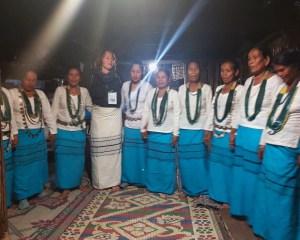
We reach Mechukka village by evening of the second day. The places of the festival were colorful, contrasting nice with the wild area. The climate during the day is changeable: night time there is smoke and nothing visible in one meter distance, morning 9-11 am the weather is good and sunny; and then it become windy until 4 pm, and finally a 5 pm the sun sets.
The kayaking part of the festival took place over two days in two different spots. Those were great efforts and nice team building work. Some sports couldn’t start or were canceled because of weather conditions. But thinking back I have to say it was amazing. Apparently I celebrated my 40th anniversary in that natural creative environment! There were so many sportsmen, artists, media, celebrities, party makers, politicians – good crowds from all Seven Sisters states!
Because I was offered by Nino to support him in providing kayaking competition during Mechukka village Festival, I spent about two months in Arunachal Pradesh. After that we all take some rest at Nino’s hospitable house.
At the end I went to Tawang Monastery though West Kameng District by myself. I found it remarkable that by extremely difficult route the Dalai Lama made his escape from Tibet in year 1959 (at the age of 14) crossing into India and taking refuge in Tawang Monastery. There is a biggest Buddhist Monastery Complex in the world after Lhasa (Tibet). I was given a personal audience by Dalai Lama 14 June 2018 and I was blessed by him. I am truly humbled to have made that spiritual journey.
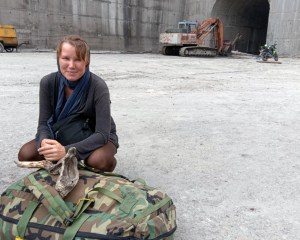
During my first stay in Dirang on the way to Tawang, I was hosted by the man who is doing the civil engineering for the state government (dam project) and local politician. He underlined it might be much more researched, especially long consequences. Dams should not effect nature in a harmful way.
However, the construction of dams, especially on small rivers, significantly raises the water level, which creates additional moisture in the river valley. In this case, a thin layer of soil will be washed away into the river. In the future, the clay layer will erode, creating landslide hazards. And finally, washing the slopes, consisting of sedimentary rocks, can lead to serious collapses and the creation of watery shafts that can wash away everything downstream, including villages. I represent my personal opinion only.
Much more specialists from different fields of knowledge are required to estimate risk and assess the cumulative effect of building dams. Otherwise pure water sources, which have not yet been discovered will be spoilt. This kind of expectation equals disappoint: the most attractive places will get lost. In my opinion water travelers and tourists from all around the world can put positive impact for the political and economical situation and bring income for local communities and other social benefits. At the last news we can see how local people are faring for protecting nature. That is the most controversial issue. They don’t want to have the same situation with Nepal, where keys of the dams are held by Indian governments.
Taking on climate change in Arunachal Pradesh
Finally, I have to say big and special thanks to the IRF, especially Sue Leill-Cock. I am very appreciative for your support with connecting me to Nino Dai and his wife. Nino is the pioneer of whiter water tourism in Arunachal Pradesh. Also I have to pay great respect for my sister Olga Zenkova. She supported me during my travelling with logistics and information, even when she was busy looking for her small baby!
#EcoRafting #TourismStrong #ClimateAction #Sustainability #AreYouReady #RaftersAreAwesome

